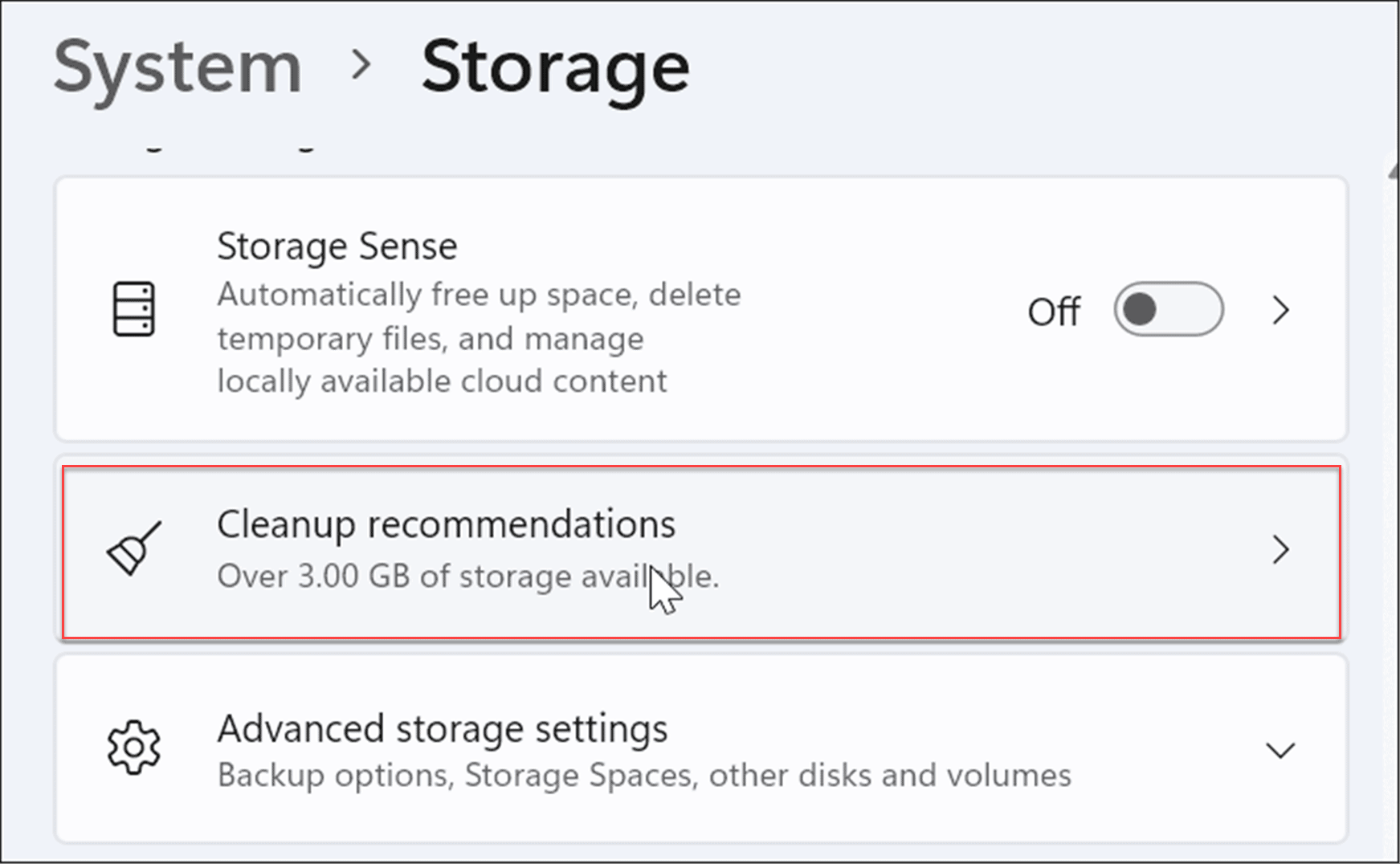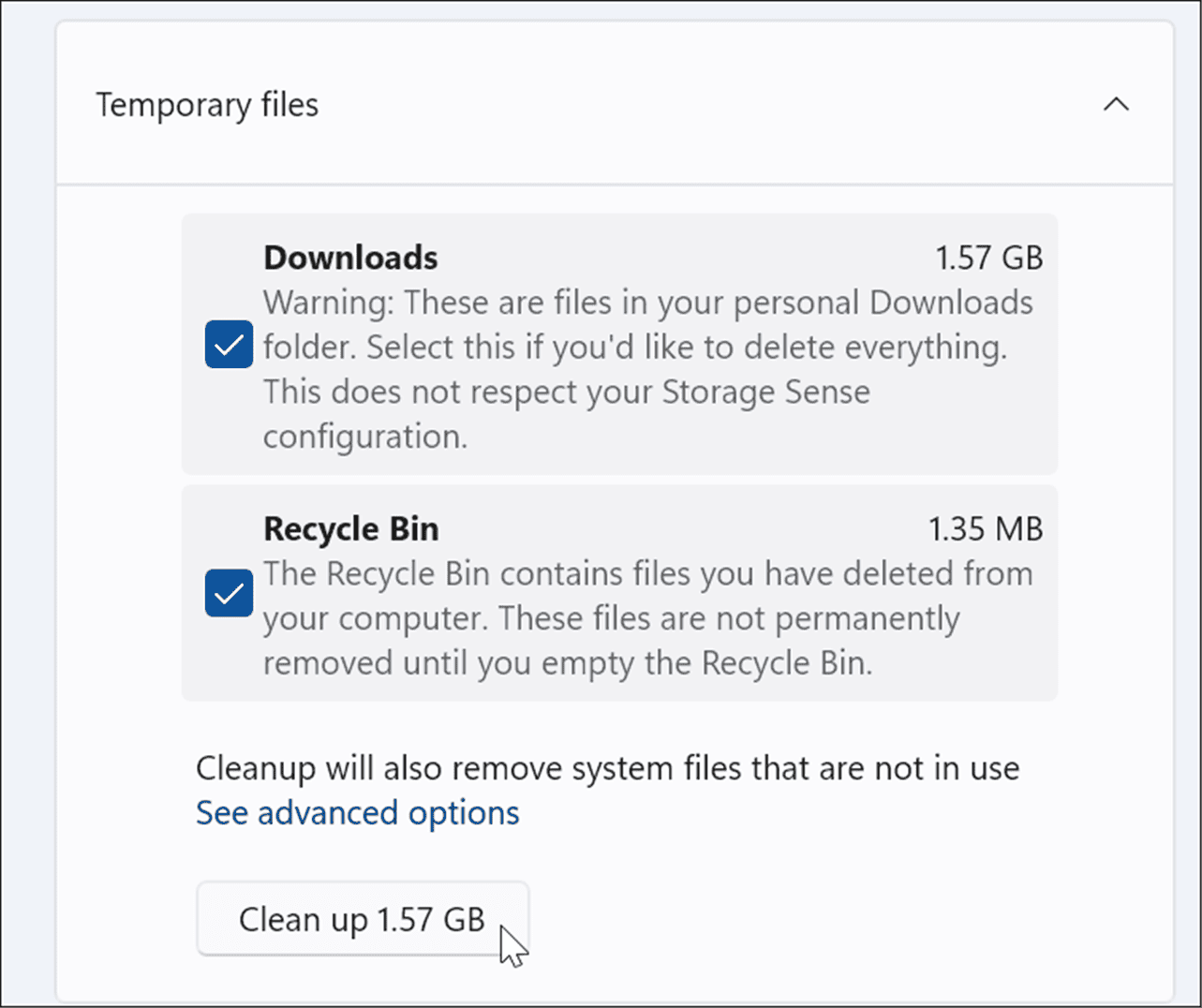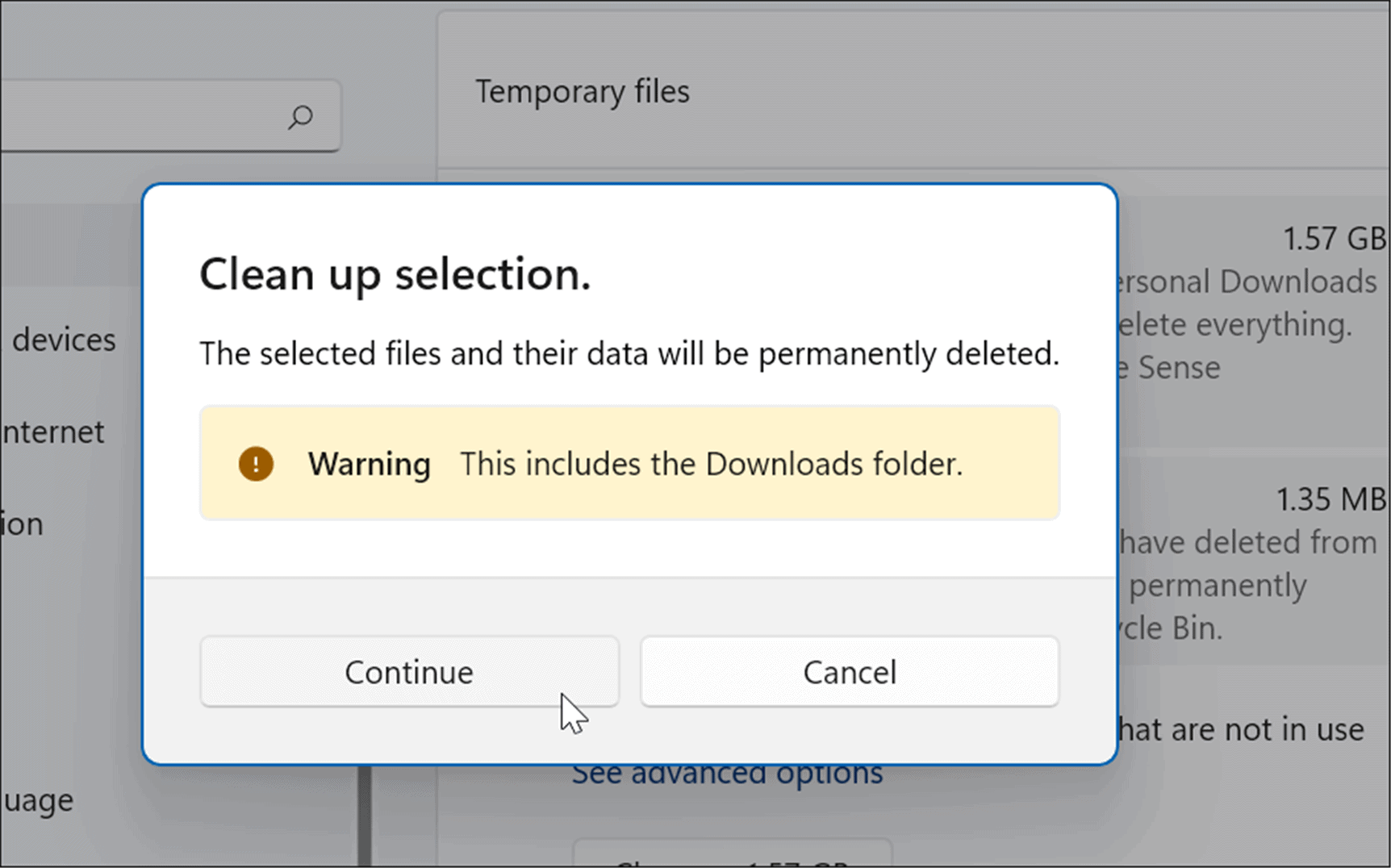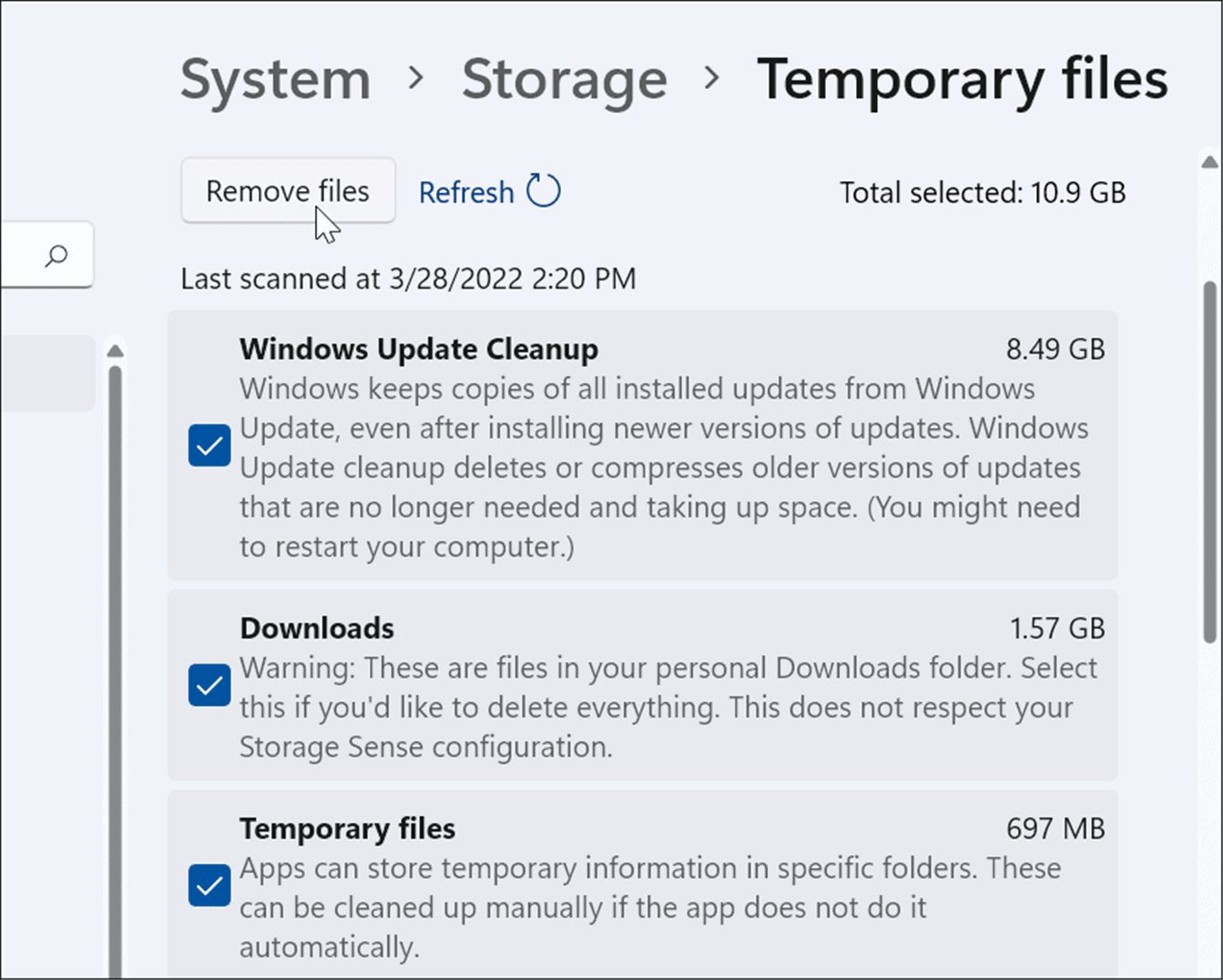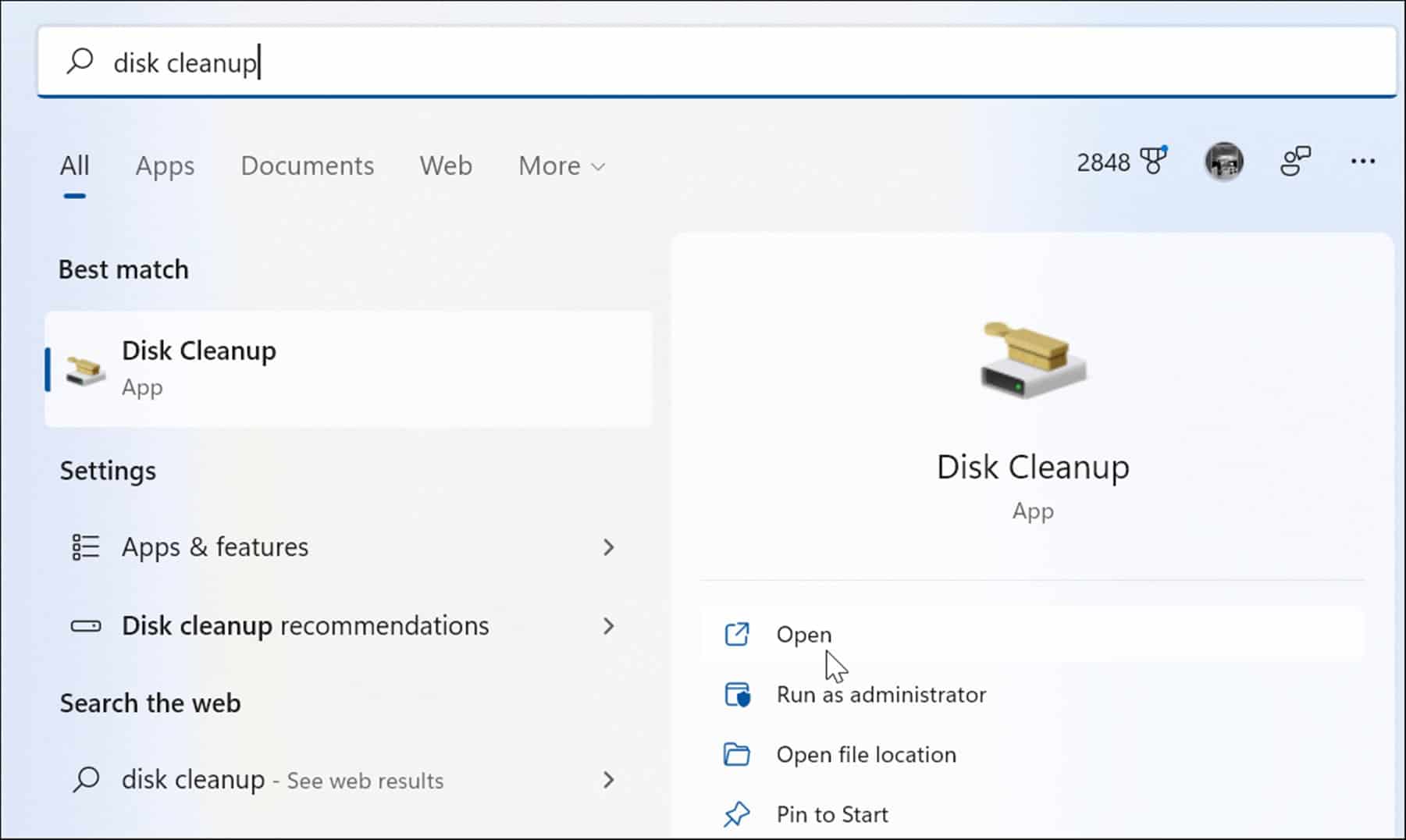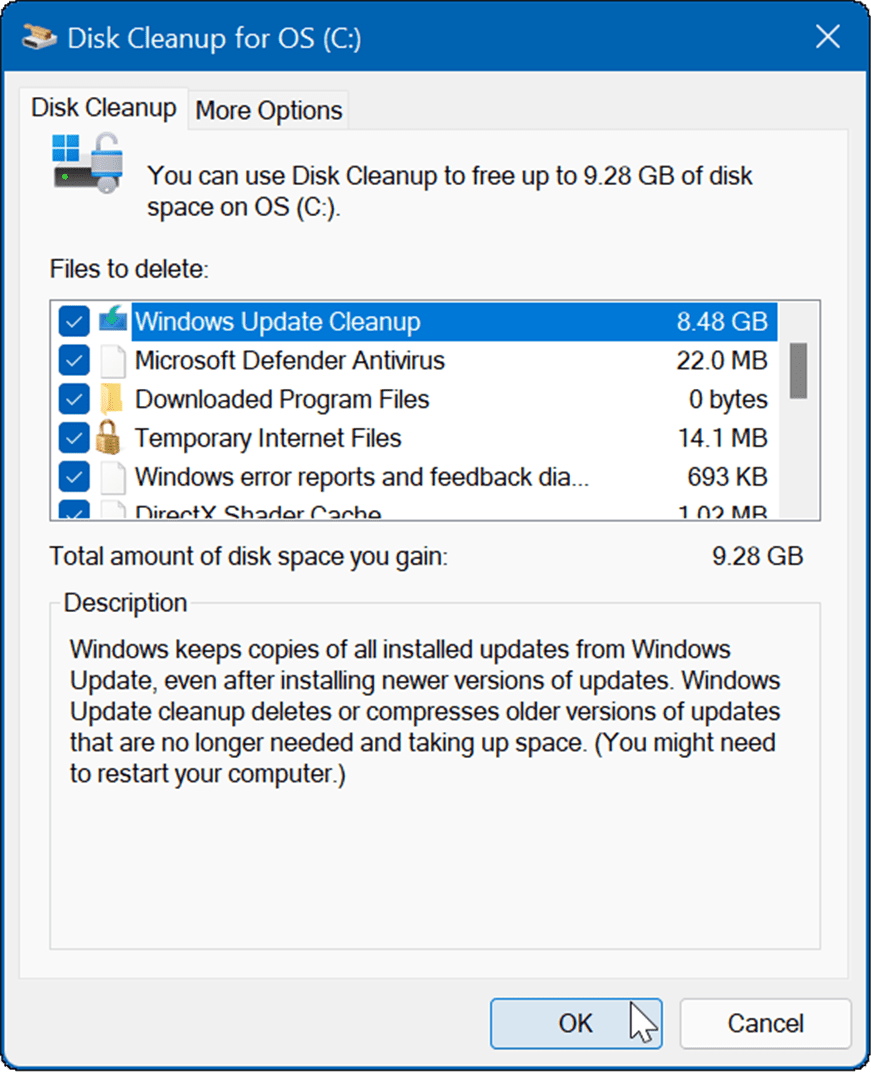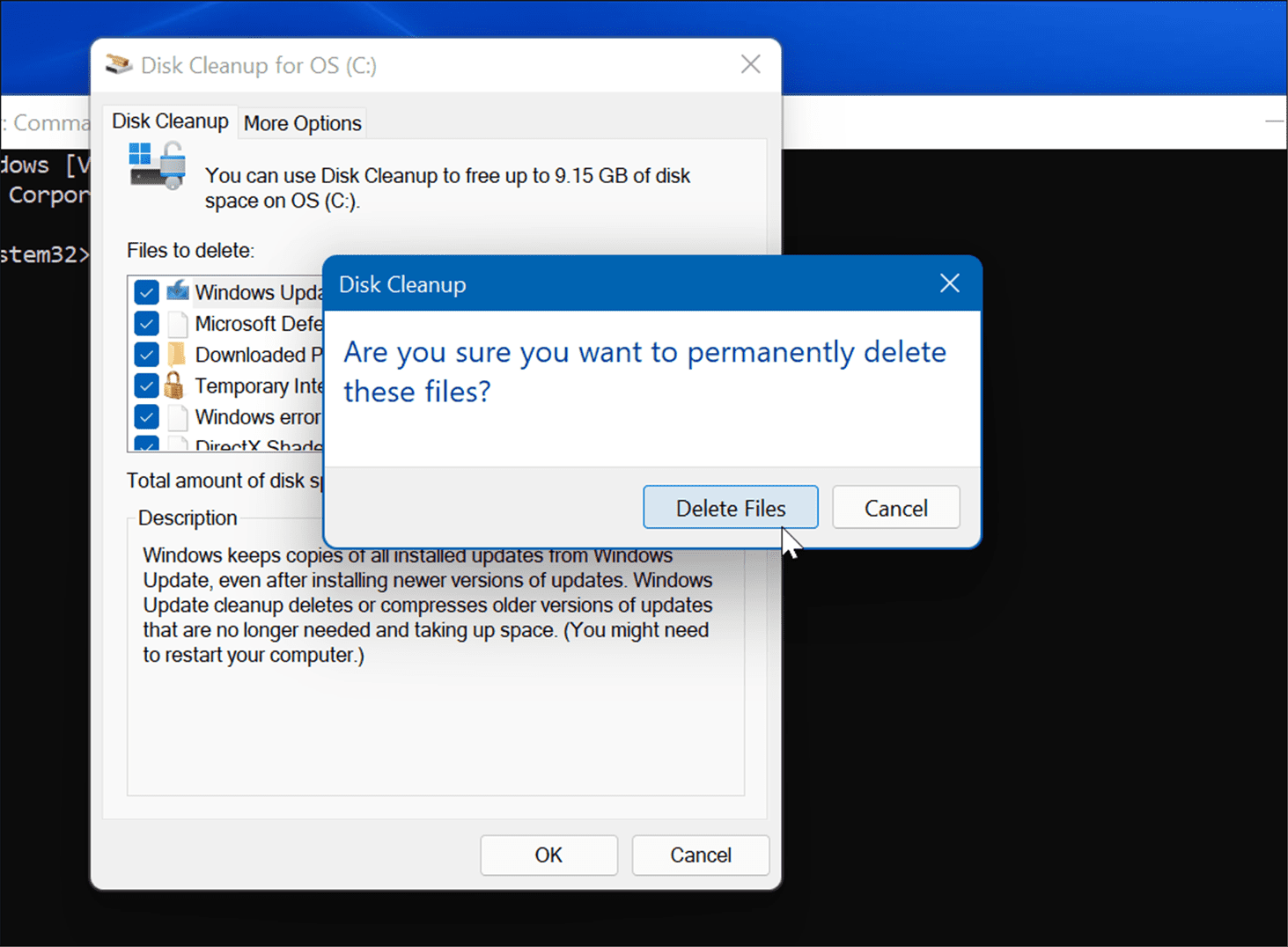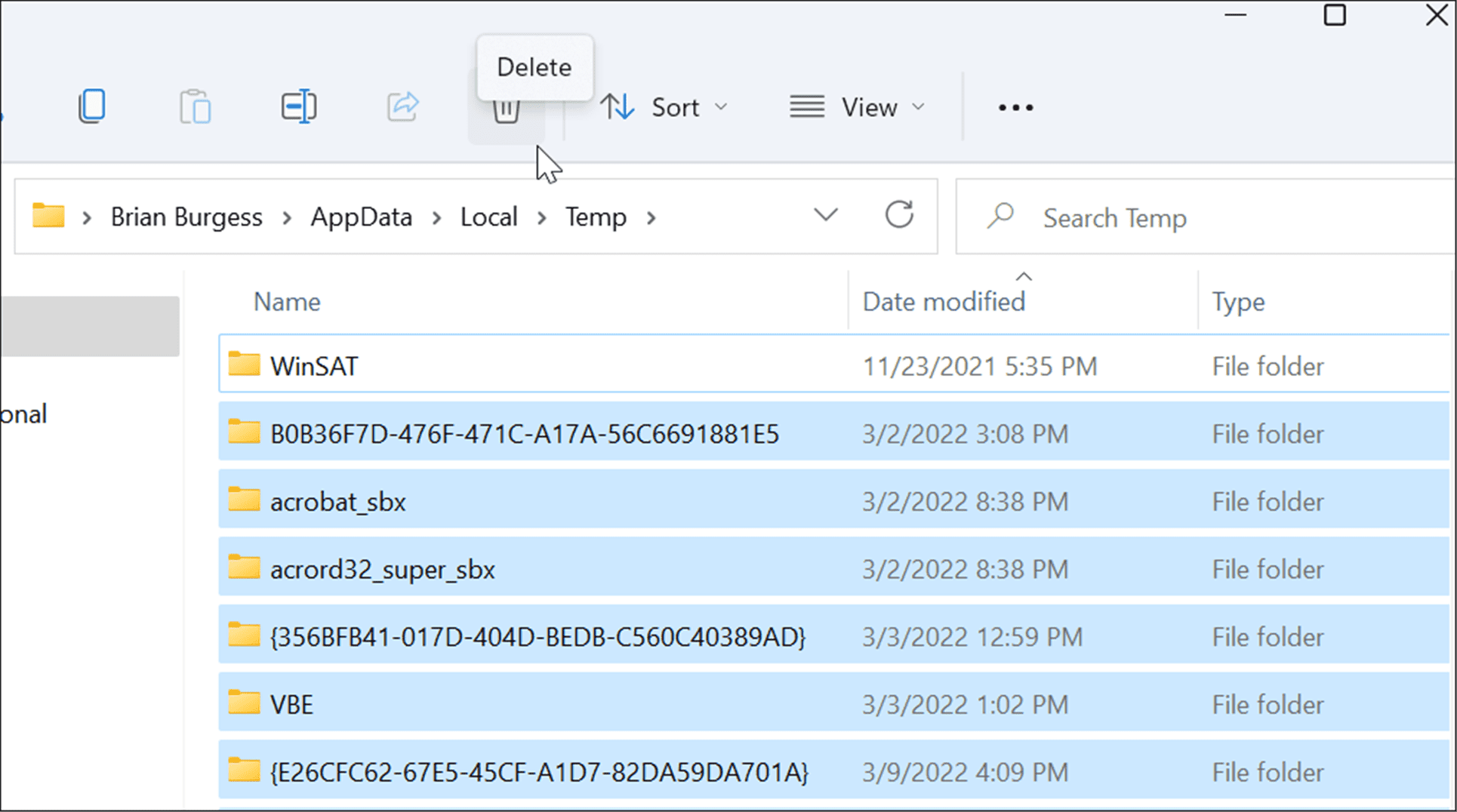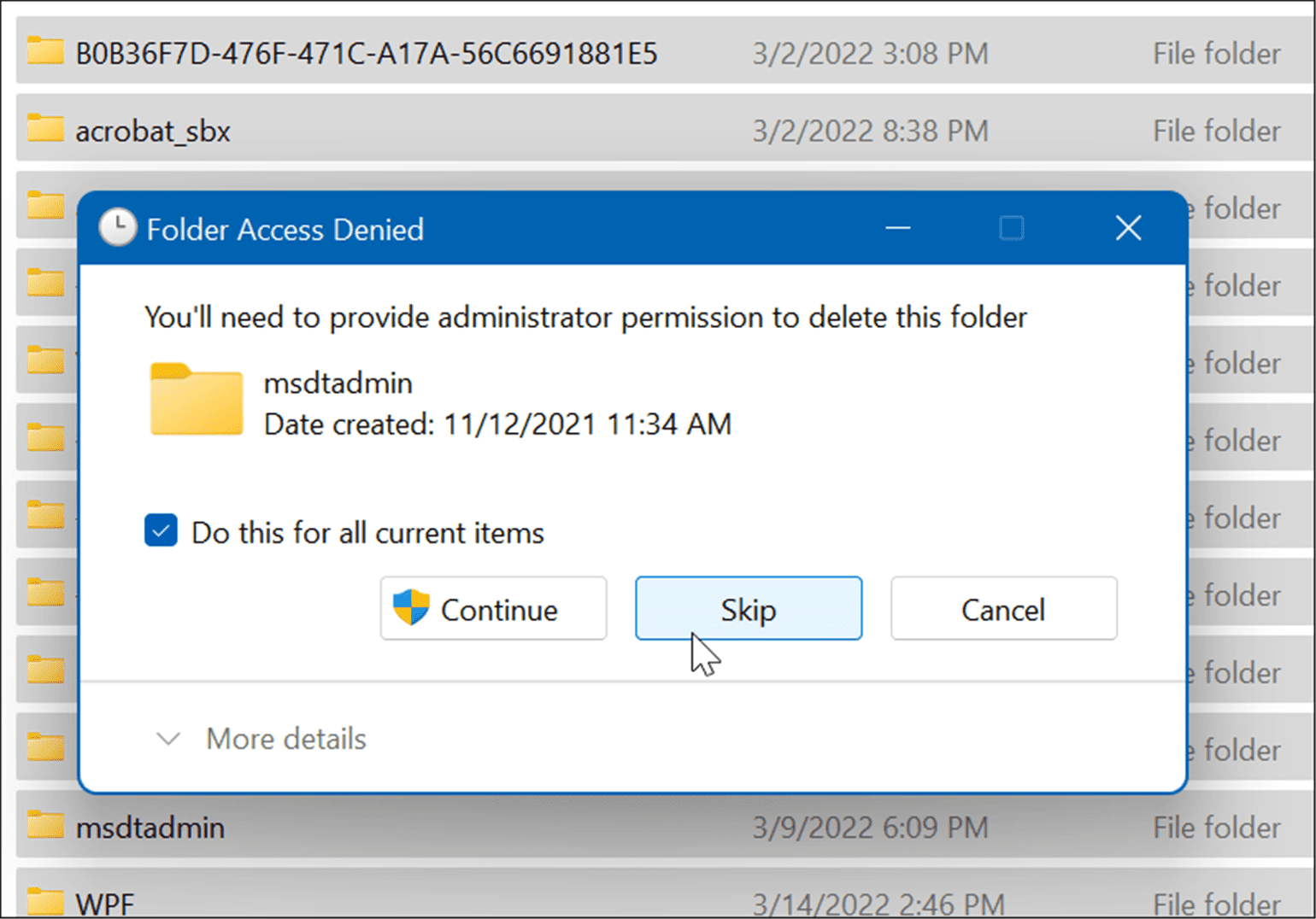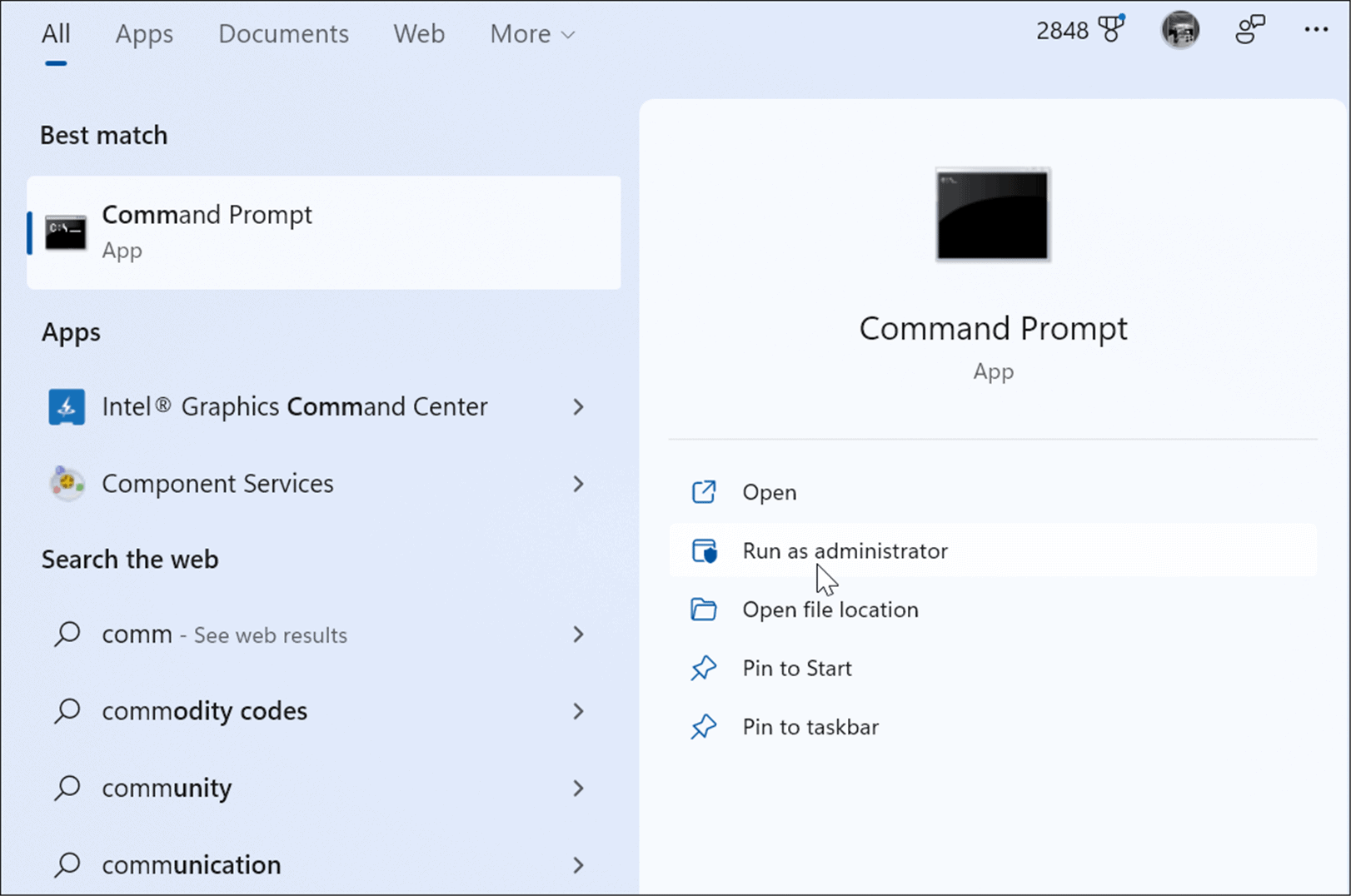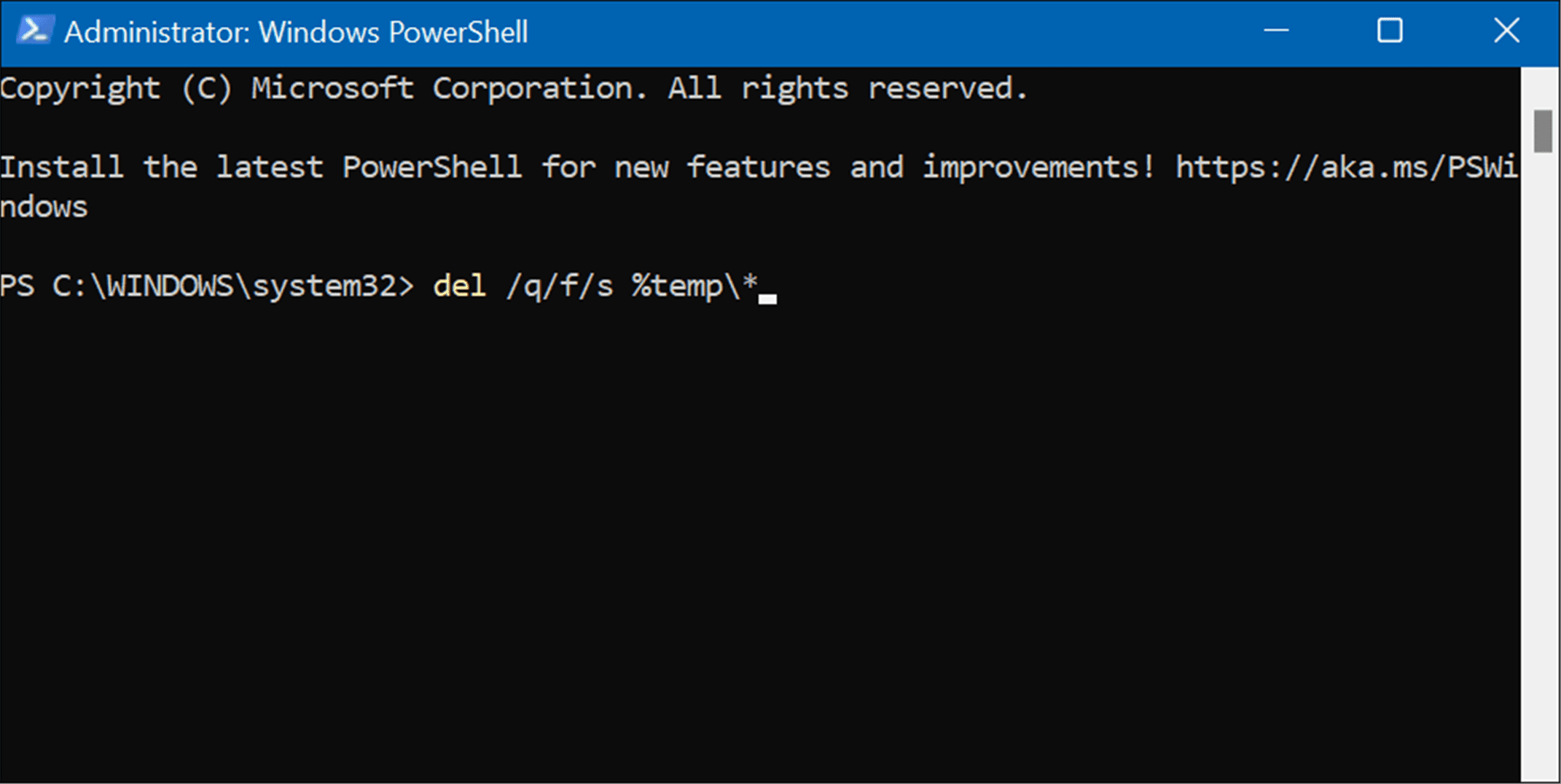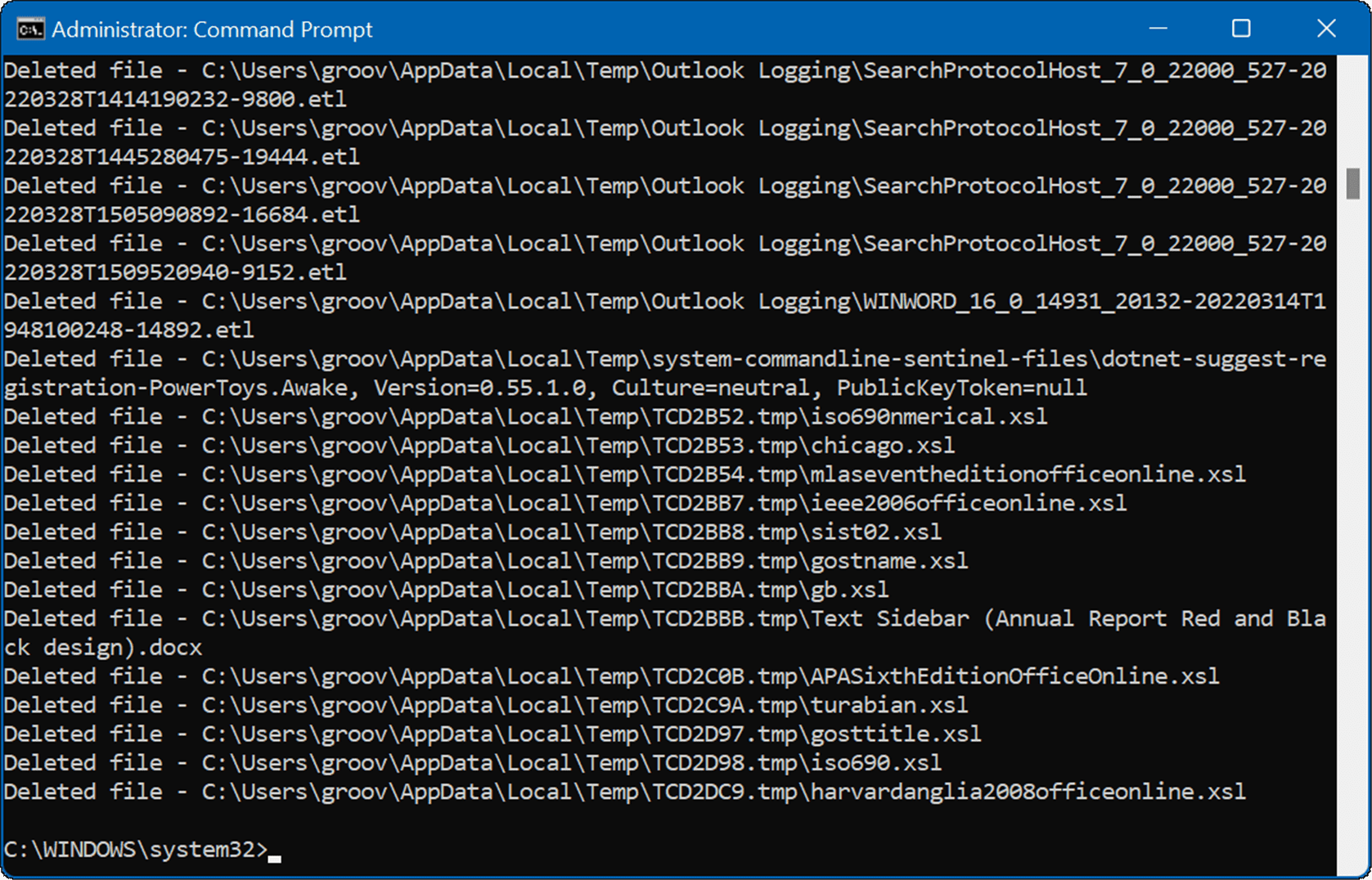Unfortunately, Windows doesn’t always do a good enough job of deleting temporary files, but you can quickly delete them using several different methods on Windows 11. Today, we’ll show you four ways to reclaim space if you delete temporary files on Windows 11.
How to Delete Temporary Files in Windows 11
One of the straightforward ways to delete temporary files on Windows 11 is by using the Settings menu. To delete temp files on Windows 11 via Settings:
How to Delete Temporary Files with Disk Cleanup in Windows 11
The “old school” to delete temporary files in previous versions of Windows was through Disk Cleanup. That option still exists in Windows 11. To delete temporary files on Windows 11 using Disk Cleanup:
How to Manually Deleted Files in the Temp Folder
Another option you have is to manually delete the files in the temp folder on your Windows 11 PC. To manually delete items from the temp folder on your system:
Delete Temporary Files on Windows 11 Using Windows Terminal
You can use the new Windows Terminal to delete temporary files. The same steps also work for the Windows PowerShell, as well as the older Command Prompt. To erase temp files using Windows Terminal, do the following:
Deleting Temp Files on Windows 11
Deleting temp files on Windows 11 will help you reclaim space on your hard drive for other things. In addition to manually clearing out temp files automatically, we recommend turning on Storage Sense. It’s a “set it and forget it” tool that will automatically eliminate unneeded files that linger around. For more, please read our article on enabling and configuring Storage Sense on Windows 11. Speaking of Storage Sense, another valuable tool in Windows 11, allows you to free up disk space with Cleanup Recommendations. If you’re not using Windows 11 yet, no worries, you can free up disk space on Windows 10 using Settings. Comment Name * Email *
Δ Save my name and email and send me emails as new comments are made to this post.
![]()


